The theremin, one of the earliest electronic musical instruments, remains a fascinating device both for its unique playing technique and its underlying physics. At the heart of its operation lies the antenna distance-frequency function, a critical relationship that determines how the instrument produces sound without physical contact. Unlike traditional instruments, the theremin relies on the player's hand movements near its antennas to control pitch and volume, creating an eerie, otherworldly sound that has captivated audiences for nearly a century.
The theremin operates on the principle of heterodyning, where two high-frequency radio signals interact to produce an audible tone. The instrument features two antennas: one for pitch control and another for volume. The pitch antenna is typically a vertical rod, while the volume antenna is often a horizontal loop. As the player's hand approaches the pitch antenna, the capacitance between the hand and the antenna changes, altering the frequency of an internal oscillator. This change in frequency, when mixed with a fixed reference oscillator, results in a beat frequency that falls within the audible range. The distance between the hand and the antenna thus directly influences the pitch of the sound produced.
The relationship between hand distance and frequency is nonlinear, a characteristic that adds to the theremin's challenging playing technique. At closer distances, small hand movements result in large frequency changes, requiring precise control from the performer. This nonlinearity stems from the inverse relationship between capacitance and distance—the closer the hand, the greater the capacitance, and the more significant the frequency shift. Mastering this delicate balance is what separates novice players from virtuosos, as even the slightest tremor can cause noticeable pitch variations.
Modern theremins often incorporate linearizing circuits to make the distance-frequency relationship more manageable for players. These circuits adjust the response curve, providing a more uniform change in pitch across the playing range. However, purists argue that this modification detracts from the instrument's unique character, as the original nonlinear response is part of what gives the theremin its expressive potential. The choice between linearized and traditional response curves remains a matter of personal preference among performers and builders alike.
The physics behind the theremin's operation reveals why the antenna design is so crucial to its function. The pitch antenna forms one plate of a variable capacitor, with the player's hand acting as the other plate. As the distance between these "plates" changes, so does the capacitance, which in turn affects the frequency of the associated oscillator. This system typically operates in the radio frequency range, often between 200-500 kHz, well above human hearing. The heterodyne process brings these inaudible frequencies down to the 20 Hz-20 kHz range that we can hear, with the exact output frequency determined by the difference between the variable and fixed oscillators.
Temperature, humidity, and other environmental factors can influence the theremin's performance by affecting the electromagnetic fields around the antennas. Professional players often spend considerable time tuning their instruments before performances to compensate for these variables. Some advanced theremins include automatic tuning systems that maintain stable operation regardless of environmental conditions, though these systems can sometimes limit the player's ability to make fine adjustments to the instrument's response.
The theremin's volume antenna operates on similar principles but controls amplitude rather than pitch. As the player's hand approaches the horizontal loop antenna, the volume decreases, allowing for expressive dynamics. This dual-antenna system gives the theremin its distinctive two-dimensional control scheme, where both pitch and volume can be manipulated simultaneously through independent hand movements. The coordination required to master this interface contributes to the instrument's reputation as one of the most difficult to play well.
Recent advancements in theremin design have explored alternative antenna configurations and sensing technologies. Some experimental models use multiple antennas to expand the instrument's range or provide additional control dimensions. Others incorporate infrared or ultrasonic sensors to supplement or replace the traditional capacitive sensing method. However, the classic single vertical pitch antenna with horizontal volume loop remains the standard, cherished for its simplicity and the direct, physical connection it creates between player and instrument.
The theremin's unique sound and playing technique have secured its place in music history, from classical compositions to science fiction soundtracks. Its continued popularity among enthusiasts and professional musicians alike testifies to the enduring appeal of its antenna-based control system. As electronic music technology advances, the theremin stands as a reminder of how innovative engineering can create entirely new forms of musical expression, all based on the subtle interplay between human movement and electromagnetic fields.
Understanding the distance-frequency function at the heart of the theremin's operation provides insight into both its technical brilliance and its artistic challenges. This relationship represents a perfect marriage of physics and music, where abstract mathematical principles translate directly into emotional expression. For those willing to invest the time to master its idiosyncrasies, the theremin offers a playing experience unlike any other instrument—one where music emerges literally from thin air, shaped only by the musician's gestures in the invisible fields surrounding its antennas.

By /May 30, 2025
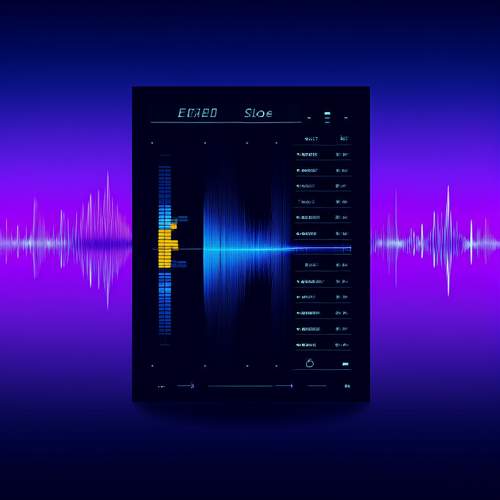
By /May 30, 2025
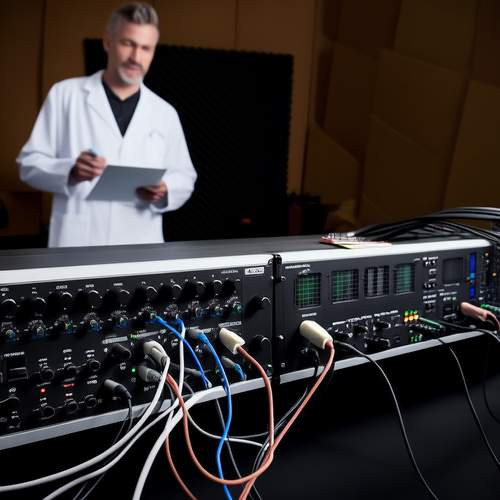
By /May 30, 2025
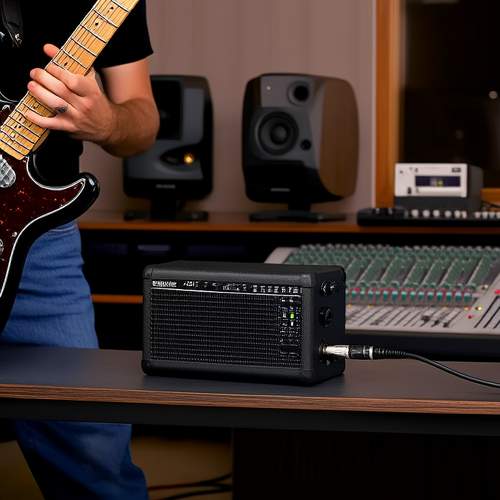
By /May 30, 2025

By /May 30, 2025

By /May 30, 2025

By /May 30, 2025

By /May 30, 2025

By /May 30, 2025

By /May 30, 2025

By /May 30, 2025

By /May 30, 2025

By /May 30, 2025

By /May 30, 2025
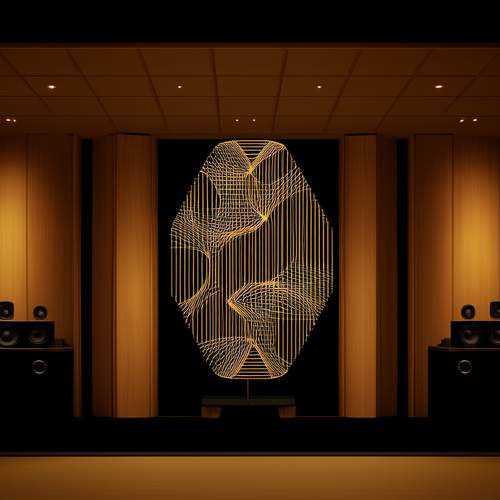
By /May 30, 2025
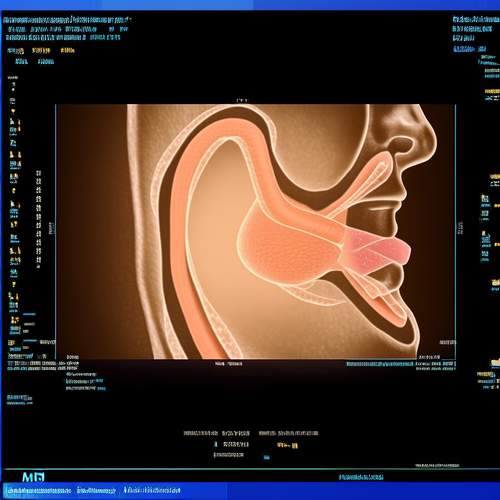
By /May 30, 2025

By /May 30, 2025

By /May 30, 2025

By /May 30, 2025

By /May 30, 2025